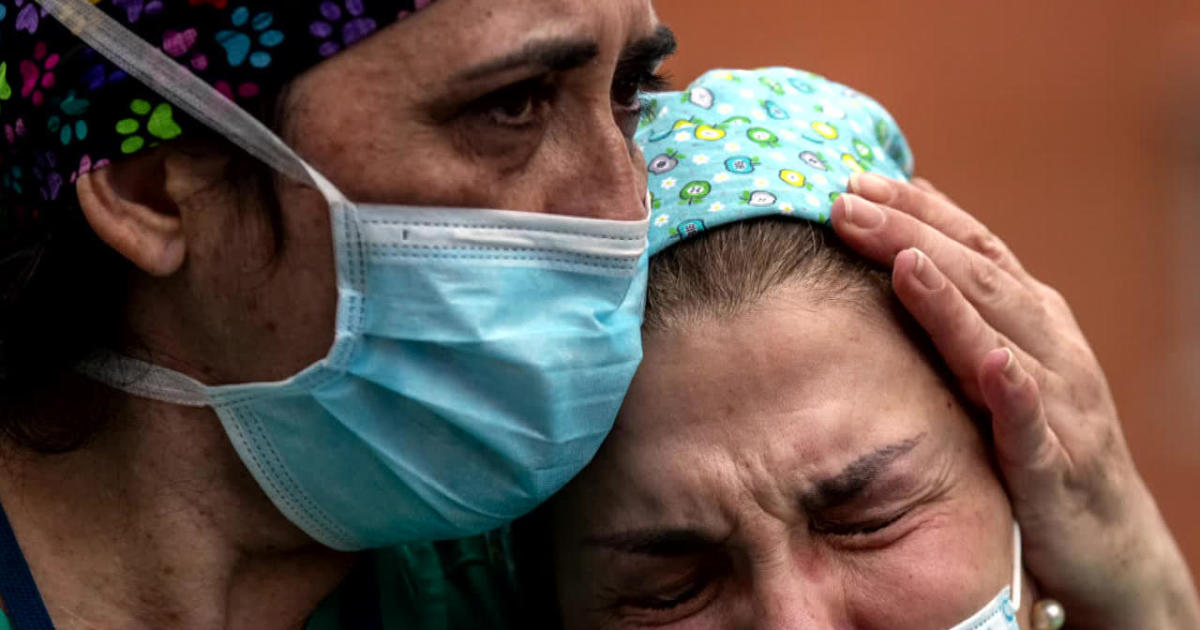
President Joe Biden calls on the Department of Labor to clarify this: workers have the right to refuse employment that endangers their health, without sacrificing unemployment benefits.
The problem is one that unfolds differently from state to state, with millions of Americans facing the choice of forcing a mortal to the front line. pandemic or losing the ability to put food on the table.
Among a series of executive orders signed by Mr Biden in his first 48 hours in office, the president on Friday ordered the Department of Labor to clarify that “workers have the federal right to refuse a job that will endanger their health and if they do this will further qualify for unemployment insurance. “
Upon disclosing the order, the White House cited a 2019 Gallup survey in which 43% of U.S. households reported having at least one member with pre-existing conditions that leaves them more vulnerable to serious illness or death if they contract COVID- 19. “President Biden believes that workers should have the right to safe working environments and that no one should choose between their livelihood and the health of themselves or their families,” the White House said.
Many of the affected workers are among the lowest paid, including those employed in nursing homes, meat processing plants and grocery stores, for which going to work during a pandemic can be a frightening experience for which few have signed up. As Michelle Gonzalez, a nurse in the intensive care unit at Montefiore Medical Center in New York’s Bronx, told CBS MoneyWatch at the end of March: “I have elderly family members at home, so it puts my family in danger.”
Instead of setting a national standard, the Trump administration has left it up to states to interpret the rules, according to Andrew Stettner, an unemployment expert and senior at the Century Foundation, a New York think tank.
In Iowa, for example, the rules were quickly determined in favor of companies in need of labor. “If you’re an employer and you offer to bring your employee back to work and they decide not to, that’s a voluntary resignation,” Iowa Gov. Kim Reynolds, a Republican, said in April. “Therefore, they would not be eligible for unemployment benefits.”
Safety fears end in pain
Limited options were played in heartbreaking ways, with a daughter who spoke after her father’s death at COVID-19 just a month after returning to her job as a security guard in Chandler, Arizona. “My father called me on May 16, fearing for his safety,” said Lina Washington posted on Twitter in mid-June. “He said no one distanced himself socially and few wore masks.”
Her 68-year-old father, Robert Washington, had diabetes and was recovering from prostate cancer – conditions that made him vulnerable to infections. But he chose to return when the casino that hired him reopened because he needed health benefits and a salary to cover the cost of insulin, rent and life insurance, she said. Her father’s other options were to go unpaid or give up.
“It’s a huge problem,” affecting hundreds of thousands of workers, Stettner said. As of the second quarter of 2020, about 500,000 applications for unemployment benefits have been rejected by states, but it is unclear how many cases have been linked to COVID-19, he said.
“The problem with this executive order is the increase in 40 million people who have benefited from unemployment benefits after the pandemic,” Stettner said. The usual rule that you have to look for a job to receive unemployment benefits has been practically suspended because it was not a safe time to work, especially if you were employed in a high-risk job, explained the.
Emergency standard never set by DOL
Each state requires basic health and safety as a condition of employment, but guidelines for Centers for Disease Control on working conditions during the pandemic have been issued and then canceled, and the Department of Labor has never published an emergency standard to address of COVID-19, Stettner recalled.
“Then people started being called back to work or offered jobs, so there was no guidance on that question. It was really left to the states to determine what that means.” , said Stettner. Now he added: “The president says ‘we need to find a policy in this regard.'”
Biden’s order comes a day after another order instructed the Department of Labor to review the workers’ health and safety guide within two weeks.